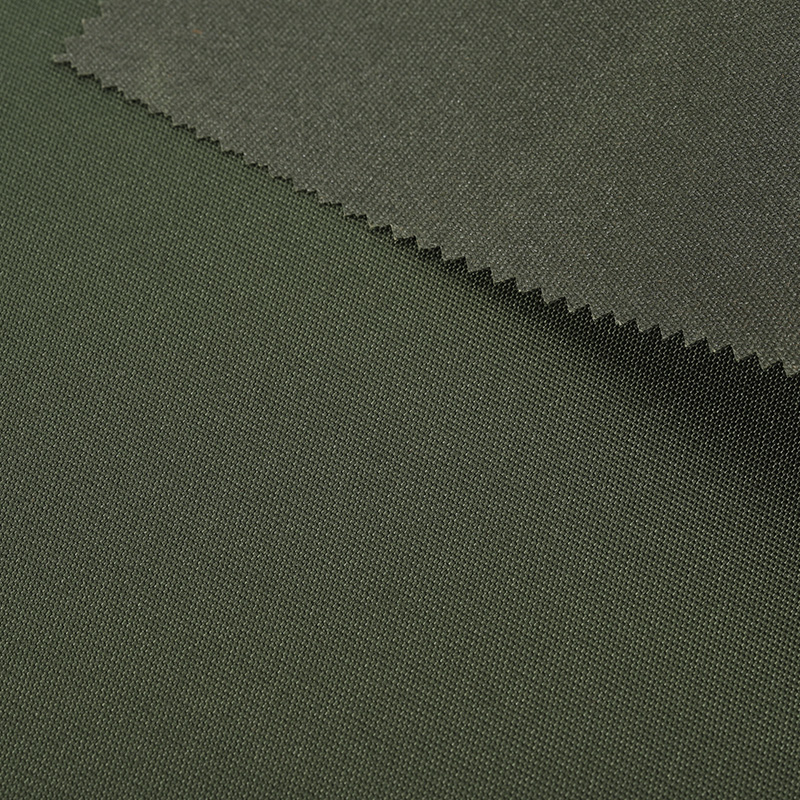Hydrostatic Pressure Resistance: The Waterproofing Benchmark
At the heart of 100% Polyester Printed Oxford PU Coating Fabric ’s weatherproof prowess lies hydrostatic pressure testing. This critical evaluation measures how much water pressure the fabric can withstand before leaking, directly impacting its suitability for rainwear, backpacks, or tactical gear. Labs use standardized protocols like EN 20811 to simulate real-world conditions: a water column is pressed against the fabric until moisture penetrates, with results measured in millimeters (mm H₂O).
For PU-coated Oxford fabrics, the interplay between coating thickness and weave density determines success. A thicker PU layer might boost water resistance (e.g., 5,000 mm H₂O for light rain vs. 10,000+ mm for extreme conditions), but overcoating can compromise breathability. Advanced techniques, like microporous PU membranes, strike a balance by allowing vapor escape while blocking liquid. Manufacturers must also account for dynamic stress—like abrasion from hiking backpack straps—that can degrade coatings over time.
Case in point: A printed Oxford PU fabric used in premium outdoor jackets undergoes cyclic testing, where repeated flexing and pressure mimic years of use. This ensures that even after months of trail use, the fabric retains its waterproof integrity—a non-negotiable for serious adventurers.

Durability Metrics: Beyond the Surface
While waterproofing grabs headlines, PU-coated Oxford fabric must also endure mechanical wear. ISO-standard tests like ISO 12947 (abrasion resistance) and ISO 1421 (tensile strength) quantify how well the material resists tearing, fraying, or delamination. For instance, Martindale abrasion tests subject the fabric to thousands of rubs against rough surfaces, simulating the scrapes of urban commuting or rugged terrain.
Outdoor gear, such as tents or travel bags, faces another adversary: UV radiation. Prolonged sun exposure can degrade PU coatings, causing yellowing or cracking. Accelerated aging tests bombard samples with intense UV light and humidity, predicting lifespan under harsh conditions. Innovations like UV-stabilized PU formulations or pigment-infused coatings (paired with fade-resistant digital printing) help printed designs stay vibrant while maintaining structural integrity.
But durability isn’t just about surviving—it’s about thriving. Consider military-grade gear made from Oxford PU fabric: it must resist chemical exposure, resist punctures from sharp tools, and maintain flexibility in freezing temperatures. These niche requirements push manufacturers to refine coating chemistries and weave architectures, ensuring the fabric meets specialized standards without sacrificing comfort.
Why Testing Matters for Brands and Consumers
For brands, investing in rigorous testing isn’t just about compliance—it’s a competitive edge. A printed Oxford PU fabric that aces hydrostatic and abrasion tests can command premium pricing, especially in markets like outdoor apparel or tactical equipment where trust in performance is paramount. Clear labeling of test results (e.g., “5,000 mm waterproof rating”) also empowers consumers to make informed choices.
On the flip side, cutting corners in testing can lead to recalls or reputational damage. Imagine a hiking backpack that leaks during a downpour or a fashion jacket whose print peels after a few washes—both scenarios stem from inadequate validation.
The Future of Performance Testing
As sustainability reshapes the textile industry, testing protocols are evolving. Labs now assess eco-friendly PU coatings (e.g., water-based or bio-based) for durability, ensuring green innovations don’t compromise performance. Similarly, digital tools like AI-driven simulations predict fabric behavior under stress, reducing reliance on physical prototypes.
For 100% Polyester Printed Oxford PU Coating Fabric , the journey from lab to landfill is getting smarter. Brands are adopting circular design principles, using test data to create products that last longer and recycle easier—proving that resilience and responsibility can go hand in hand.


 English
English CN
CN













